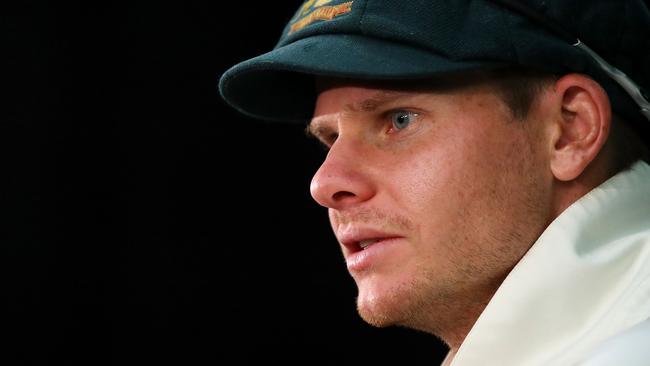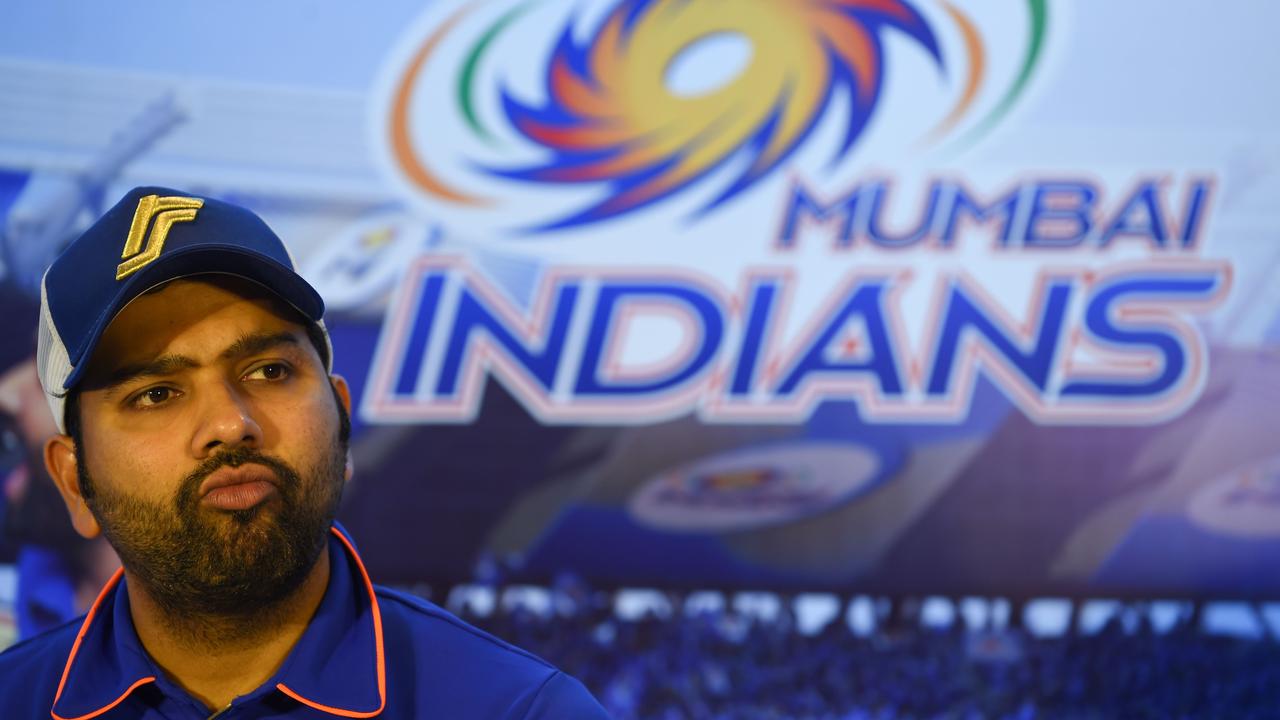Rival captains share the pressure of leadership
Who would be a captain? Perhaps in international cricket only the decisions of the umpire are so closely scrutinised.

As the crowd dispersed at Adelaide Oval yesterday afternoon, Steve Smith appeared on the video screen at the cathedral end, rigid and square-shouldered, rictus stretched across his face. He thanked us for our custom, hoped we had enjoyed our experience and to see us again soon, all the whole while looking like his preference would have been for extensive dental work.
About half an hour after the fall of the last wicket, having submitted patiently to his losers’ media conference, Joe Root could be seen moving along the boundary in front of the Riverbank Stand shaking hands, signing autographs and posing for selfies, even doing the job himself with the iPhones and iPads proferred by their owners. His smile was not so much excrutiated as automated, as grooved as a drive at a throwdown.
Who would be a captain? Perhaps in international cricket only the decisions of the umpire are so closely scrutinised, and these are only subject to technological review. The captain is up for non-stop rolling scrutiny of a jury heavily weighted with ... well, with former captains. Not to mention myriad armchair strategists on whose speculations nothing hinge.
Censure can even develop a moral tone. Too attacking and they are naïve. Too defensive and they are pusillanimous. They are nominally in charge in a game full of randomness and chance. They carry the can for others’ every failing and folly. Few Tests have borne this out as faithfully as the second at Adelaide Oval.
In financial markets, the expression ‘Texas hedge’ is applied to a strategy to minimise risk that results in its exacerbation. It did not apply exactly to the contested choices make by Root and Smith in the past five days — in each case to bowl or not to bowl — but both were undoubtedly hedges, Root against the limitations of his thinly-stretched five-man attack on flat pitches, Smith against excessive strain on his hardworking four-man attack over the course of summer.
Neither could be said to have born fruit: England conceded 8-442 when they bowled first; Australia folded for 138 when they eschewed the follow-on. Yet in neither case were the captains wholly blameworthy. Root was hardly responsible for England’s dilatory bowling on the first day; Smith could do little from the dressing room to address Australia’s haphazard batting on the fourth. Intermittent rain and unseasonal mildness played a part; likewise the pink ball’s unpredictable humours.
Above all, of course, their captaincy calls this season are being dictated by personnel. Root has been deprived of his team’s all-round fulcrum; Smith is anxious not to be deprived of any member of his pace attack by injury, for his team’s bench strength is thinning. They must cut their captain’s blazers according to their team cloth. Neither has a great combination, having lost Tests to the West Indies and Bangladesh respectively in the last few months.
In the end, England left themselves too much to do on the final day here. There are sound reasons that nobody has chased more than 315 to win at Adelaide Oval in 140 years. Even in this age of tarmac-like drop-in pitches, the weight of precedent bears down on players. In a fourth innings errors are more obviously culpable and meaningful; you need luck, and that can never be assumed.
Smith came away from events with a mix of relief and chagrin, left to own his follow-on decision by both assistant coach David Saker and strike bowler Mitchell Starc, and admitting it had cost him sleep. His eventual dreams were probably haunted by hot spots and ball trackers; he’d have ordered cautiously at the breakfast buffet.
In the nearer term, however, each captain faces a great and under-acknowledged challenge, which is to maintain their own individual performance standards over the next three Tests. Neither man is obtaining strong support from their batting colleagues; both might need to do a little more bowling; the fans expect.
Root has toiled over his technique since Brisbane, where he was twice snagged on the crease lbw. Facing Pat Cummins early on in his second innings, he jabbed down late on a swift delivery angled into his pads, and formed his gloves right hand into a fist, remonstrating with himself. He nicked off yesterday also coming down late, having let the previous ball go, perhaps allowing discipline to get the better of him.
Smith, having basked in the Brisbane sun, was discomfited under Adelaide lights, pinned down and nagged out in the first innings, tackled from round the wicket in the second. James Anderson worked over his defence like a bank robber seeking a safe’s combination; their encounter in Perth looms large.
Captains become so because they are outstanding cricketers. Their additional leadership tasks then complicate the maintenance of those standards, even as nothing enriches their standing quite so much as individual performances. This makes Smith’s average of 70 as captain all the more astonishing; Root’s average of 54 as captain likewise attests his toughness. But they are marked men in this series for that very reason, opponents vying to wipe off their smiles.



To join the conversation, please log in. Don't have an account? Register
Join the conversation, you are commenting as Logout